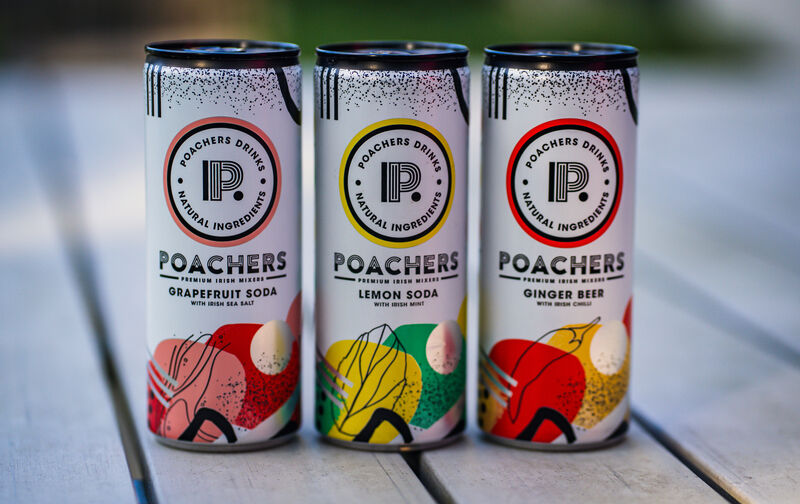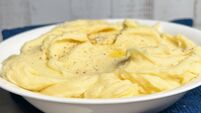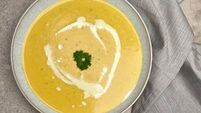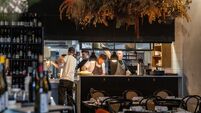Joe McNamee: How historic recipes can teach us so much about Ireland's past

A gingerbread loaf recipe at National Library of Ireland. The NLI boasts an archive of over 300 cookbooks and 100 hand-written recipe manuscripts.
Did you ever wonder what kind of sandwich Gavrilo Princip polished off in Moritz Schiller’s Sarajevo delicatessen before he walked outside and assassinated the passing Archduke Franz Ferdinand and his wife, in 1914, whose deaths were the catalyst that triggered the First World War?
I know it’s only November, but the Late Late Toy Show is only a couple of weeks away, enough time to order one of Mitchelstown-based Praline’s Late Late Toy Show Christmas Box, full of treats for the entire clan to munch on during this rite of passage for generations of Irish children. It includes milk chocolate drops to make hot chocolate, with mini-marshmallows for on top, white crispy stars, rocky road Christmas trees and a tub of mini-sprinkle cookies. Order online for €35, including nationwide delivery.







